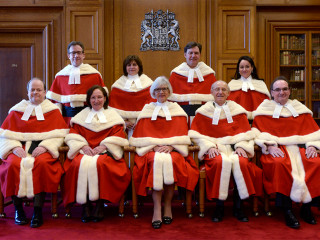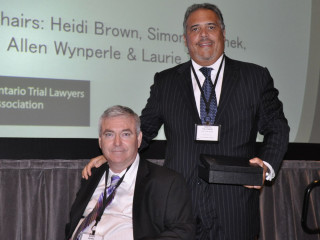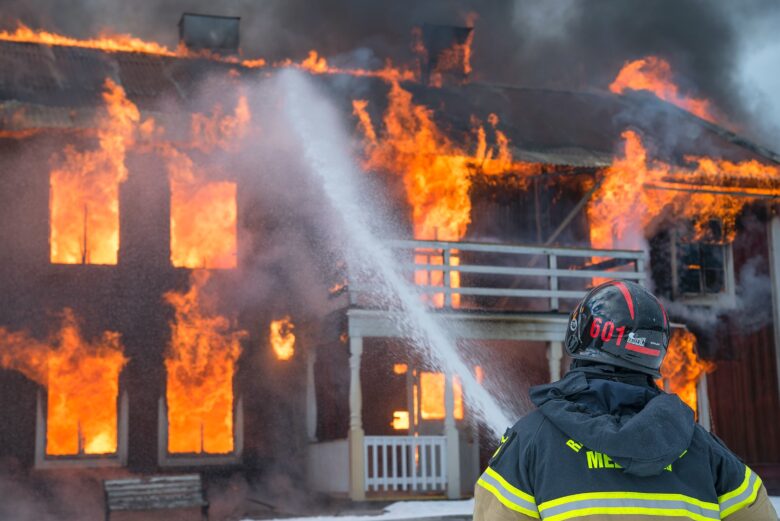Court of Appeal Sanctions High-Water Mark for LGCC Claims
In Moore v. 7595611 Canada Corp, a jury awarded two parents $250,000, each, for the loss of their daughter. The defendants appealed the jury’s award and the Ontario Court of Appeal had to decide whether to intervene.
Previously, the highest ever awarded for this type of claim was $150,000. In fact, in a case called Fiddler v. Chiavetti from 2009, a jury awarded $200,000 to a mother for the loss of her daughter, which is approximately $246,000 today. The award was appealed and the Ontario Court of Appeal reduced the award to $125,000 ($150,000 today) so that it was consistent with an earlier appeal decision in To v. Toronto Board of Education.
The tragic facts of Moore are as follows. Alisha Lamers was living in a basement apartment that was owned by the defendants, one of whom was her landlord. A fire broke out in the early morning hours while Alisha was sleeping. She was trapped in the fire. The apartment windows were barred. There was only one exit from the basement, but it was engulfed in flames and smoke. She had no choice but to wait for fire fighters.
Once fire fighters extricated her from the basement, she was taken to hospital with third degree burns over half her body. Her parents were at her bedside. She was their only child. They saw her horrific burns and watched as parts of her body disintegrated. They also witnessed their daughter suffer through several episodes of cardiac arrest. Eventually they had to make the incredibly painful decision to take her off life support.
On appeal, the defendants argued that the jury’s award for loss of guidance, care and companionship was too high given previous case law. The defendants relied upon To and Fiddler, claiming that the Court of Appeal established that $150,000 represented the high end of the range for these claims.
The Court of Appeal, however, seemingly contrary to what it did in Fiddler, refused to interfere. The court emphasized that To did not establish a cap. The court merely stated that $150,000 might be viewed as the high end of the range.
The Court of Appeal also noted that (a) the legislature has not established a cap on these types of claims, unlike in Alberta; (b) while case law provides guidance it is not determinative and that each case must be given separate consideration; and (c) there is no “right” amount for this kind of loss, which is near impossible to measure. There is no mathematical formula to which any Judge or jury can resort.
The test for overturning a jury’s assessment of non-pecuniary damages is that the amount must shock the conscience of the court. Alternatively, where there was no error in the charging of the jury, the assessment must be so inordinately high to constitute a wholly erroneous estimate.
What the jury awarded was indeed high. But it did not shock the conscience of the court and it was not a wholly erroneous estimate. The defendants’ appeal was dismissed.
While this is considered the high end of the range, $250,000 (in 2021 dollars) is theoretically not a cap. Unlike pain and suffering damages, LGCC claims do not have a cap, judicial or legislated. Without question though, this is a new high-water mark.
Plaintiff’s counsel can really take advantage of this case in settlement discussions and during trial in jury actions. First, $250,000 is the new comparative benchmark for very compelling FLA claims for loss of guidance, care and companionship, which can probably be used to “bump up” less compelling LGCC claims as well. Second, this case shows that the Court of Appeal will be reluctant to interfere with a jury’s assessment of these types of damages. Third, this case together with Fiddler shows that juries can be very generous in their assessments of fatality claims, which is all the more significant with a Court of Appeal that is reluctant to intervene.
These three points can probably be used to persuade defence counsel to pay more in settlement negotiations. However, the facts of this case were particularly emotional, angering and tragic, and this should be kept in mind if your case is not nearly as compelling.
This case is also important because the jury awarded $250,000 to the parents for mental distress – in addition to their award of loss of guidance, care and companionship – and the Court of Appeal also refused to interfere with that assessment. The award was based upon the loss of their daughter, what they witnessed at the hospital, being faced with the decision to take their daughter off life support and the extent of their psychological suffering. The mother attended for counselling and had passive suicidal ideation. She also seriously contemplated ending her life. The father previously had PTSD which had worsened and also suffered from persecutory anxiety because of his daughter’s death. The award was justified.
Therefore, when bringing an FLA claim because of a fatality, give serious consideration to whether you can also bring a claim for mental distress. The technical nature of the claim was not outlined in the decision. Nevertheless, in many cases, it may be challenging to establish the existence of a duty of care and overcome remoteness. For example, did the defendant owe a duty of care to the family members of the deceased? Was the psychological harm reasonably foreseeable? But if you have the facts to establish those elements, mental distress damages can be quite substantial in compelling cases, and the Moore decision can be used as your example.














